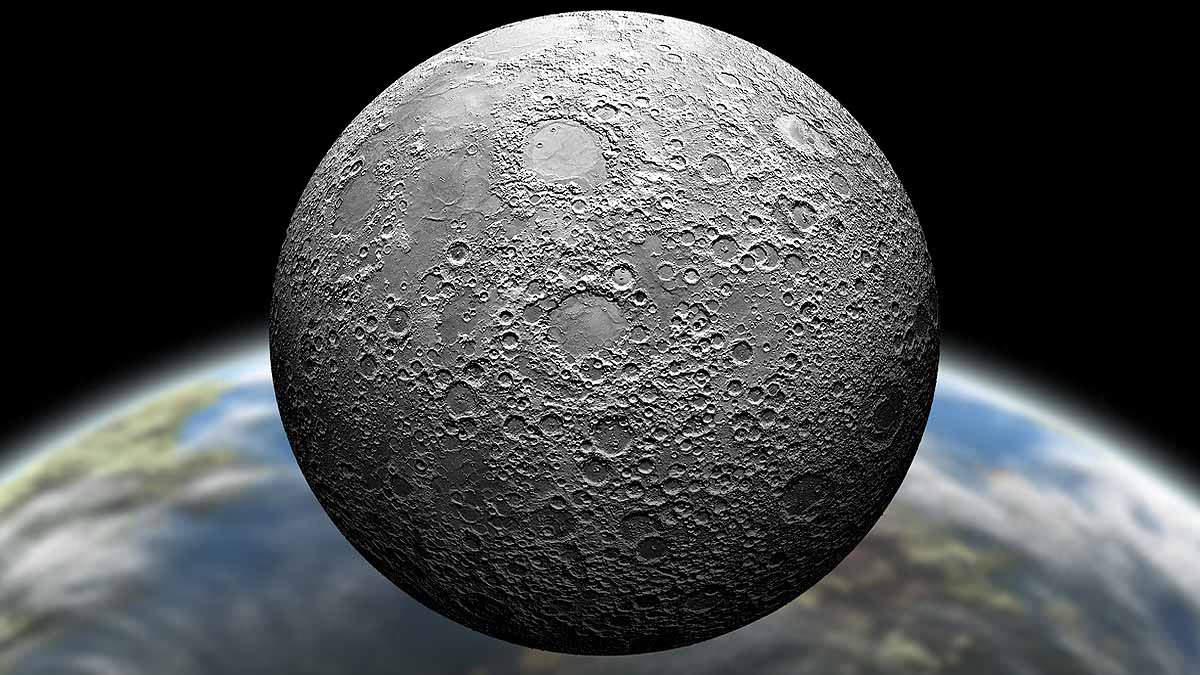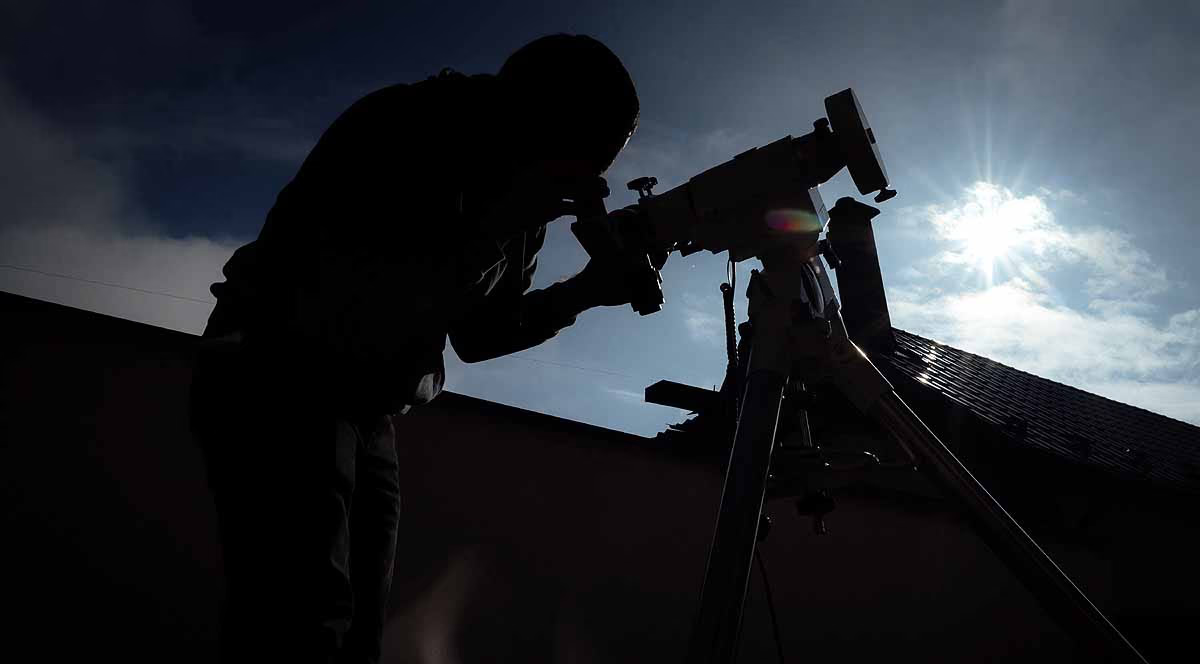Meet 2024 PTS, our new moon for the next two months. This miniature moon, also known as a mini-moon, is actually an asteroid. It will orbit Earth and then continue its long journey through space influenced by Earth's gravity.
This asteroid is part of the Arjuna Asteroid Belt, located between Earth and the Sun. After passing by Earth, it will make its way back home. This belt is approximately 150 million kilometers from the Sun, the same distance as Earth's orbit.

Source: aajtak
Carlos Della Fuente Marco, a professor at the University of Madrid, mentioned that the direction of the Arjuna Asteroid Belt is unique. Stones in this belt are typically near-Earth objects. Some come very close, within 4.5 million kilometers of Earth, traveling at speeds up to 3540 kilometers per hour.
Not Visible to the Naked Eye
You can't see this mini-moon with a regular telescope or binoculars. A telescope with at least a 30-inch diameter CCD or CMOS detector is required. This mini-moon was recently featured in The Research Notes of the AAS journal.

Source: aajtak
Two Ways Mini-Moons Come Close to Earth
Mini-moon events happen in two ways. First, an object gets trapped by Earth's gravity and orbits for one or two years. Second, a stone comes for a short time, either half or one orbit, and then leaves, lasting from a few days to weeks.
Previous Mini-Moons That Orbited Earth
Two mini-moons have had long-term orbits around Earth previously: 2006 RH120 and 2020 CD3. Additionally, three others had shorter spans: 1991 VG, 2022 NX1, and the current 2024 PTS. Scientists worldwide eagerly await the arrival of this mini-moon and are studying its path and behavior.




